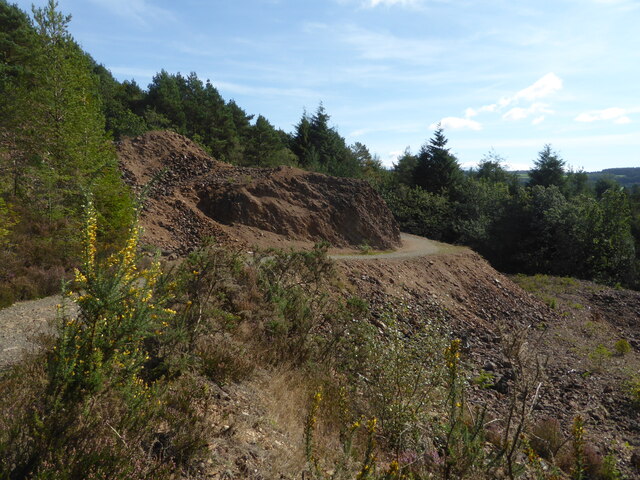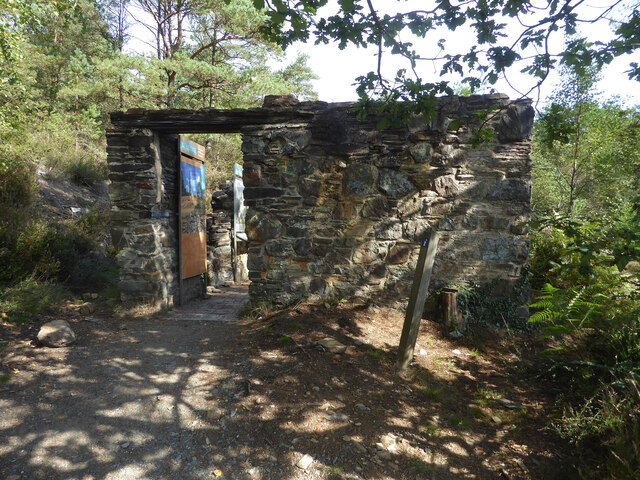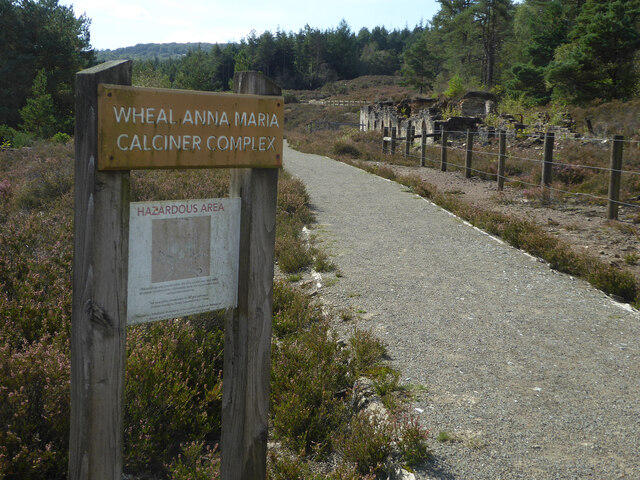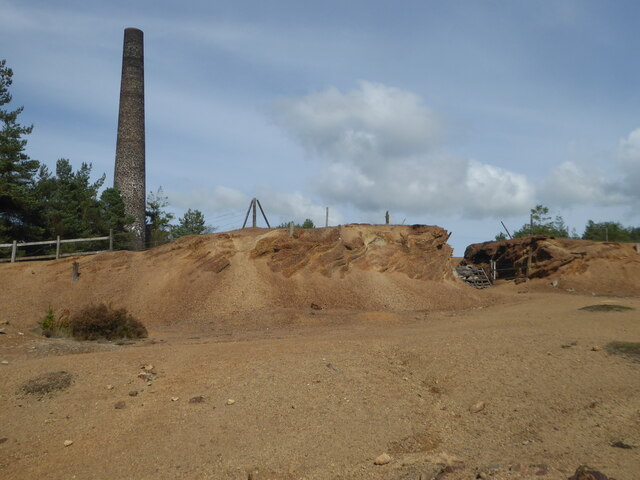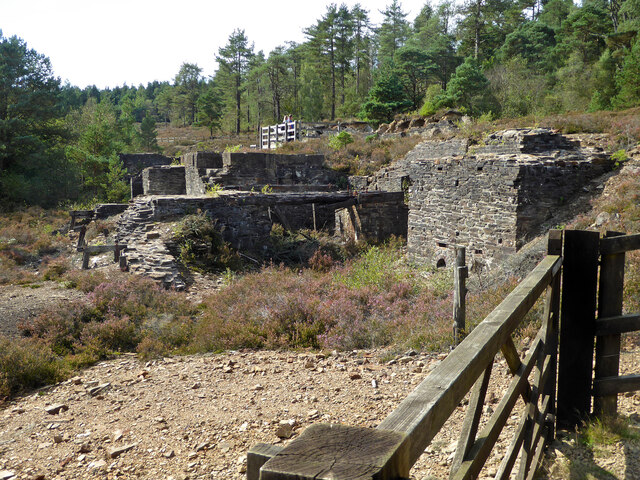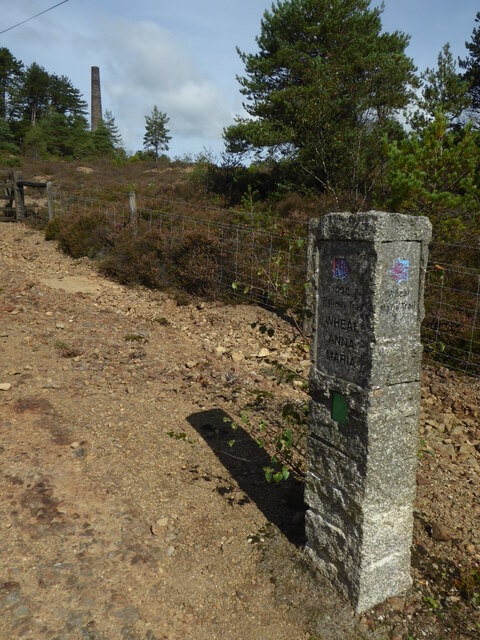Solomons Plantation
Wood, Forest in Cornwall
England
Solomons Plantation
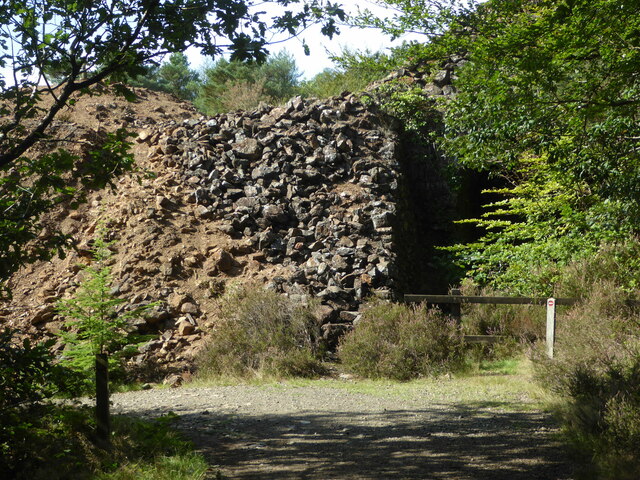
Solomons Plantation, located in Cornwall, England, is a captivating woodland area known for its natural beauty and historical significance. Covering an expansive area, this plantation is a popular destination for nature enthusiasts and history buffs alike.
The woodland is characterized by its dense and diverse vegetation, consisting primarily of mature oak trees, beech trees, and conifers. These towering trees provide a picturesque canopy, creating a tranquil and serene atmosphere. The forest floor is adorned with an array of wildflowers, ferns, and mosses, adding to the enchanting ambiance.
Solomons Plantation holds a significant place in Cornwall's history. It is believed to have been established during the medieval period as a source of timber for the local community. Over the centuries, the woodland has been managed sustainably, with periodic tree felling and replanting to ensure the continued growth and preservation of the forest.
Visitors to Solomons Plantation can explore its numerous walking trails, which meander through the woodland, offering breathtaking views and opportunities for wildlife spotting. The plantation is home to a variety of animal species, including deer, foxes, badgers, and a wide range of birdlife, making it a haven for wildlife enthusiasts.
In addition to its natural wonders, Solomons Plantation also boasts several picnic areas and rest spots, allowing visitors to relax and soak in the tranquil atmosphere. The plantation is open to the public year-round, making it an ideal destination for a leisurely stroll, a family outing, or a peaceful retreat in nature.
Overall, Solomons Plantation in Cornwall is a captivating woodland area that offers a harmonious blend of natural beauty and historical significance, making it a must-visit destination for those seeking a serene and enriching experience in the heart of nature.
If you have any feedback on the listing, please let us know in the comments section below.
Solomons Plantation Images
Images are sourced within 2km of 50.535336/-4.2396715 or Grid Reference SX4173. Thanks to Geograph Open Source API. All images are credited.

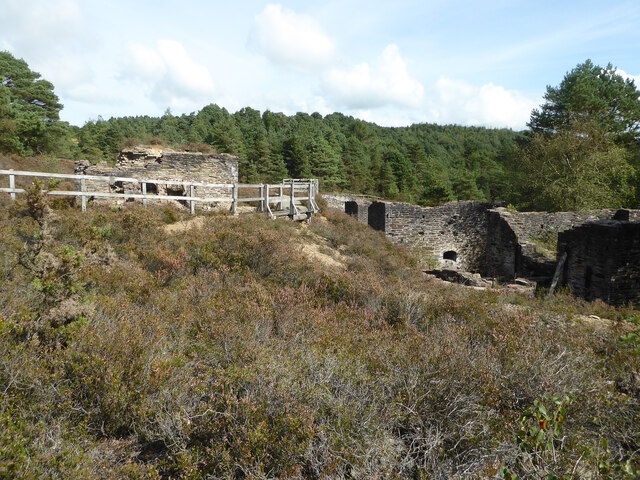
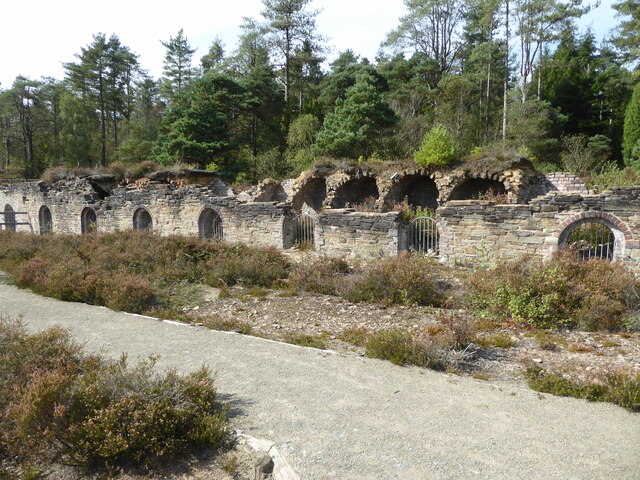
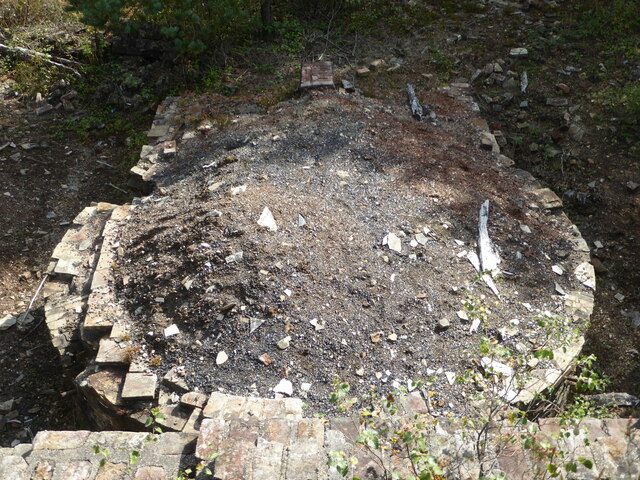
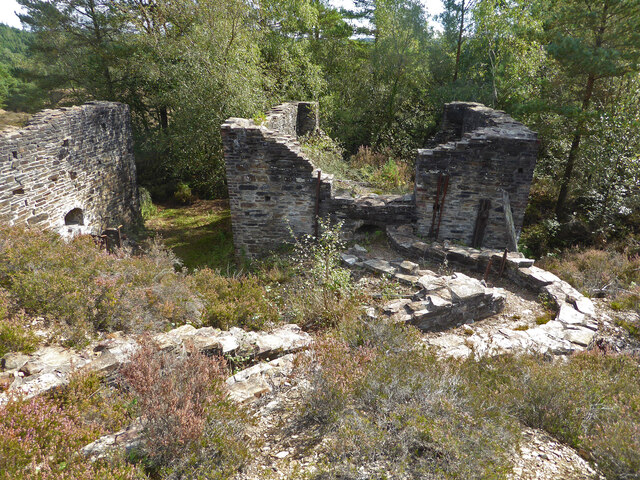
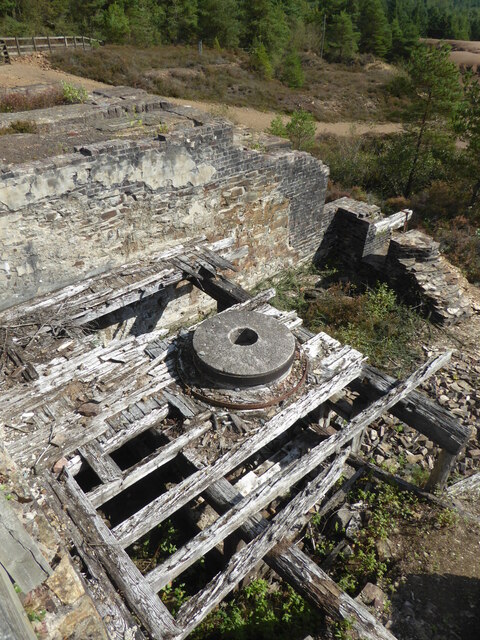
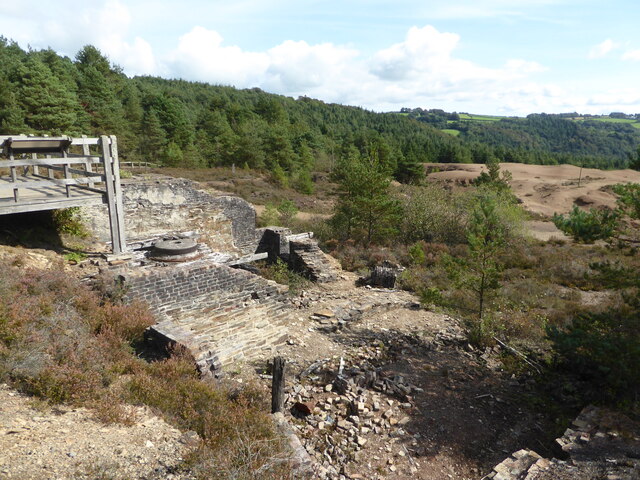
Solomons Plantation is located at Grid Ref: SX4173 (Lat: 50.535336, Lng: -4.2396715)
Unitary Authority: Cornwall
Police Authority: Devon and Cornwall
What 3 Words
///legroom.reef.decay. Near Gunnislake, Cornwall
Nearby Locations
Related Wikis
Latchley
Latchley is a village in the Tamar Valley in Cornwall, England, UK. It is in the parish of Calstock (where the population of the 2011 census is included...
Chilsworthy railway station
Chilsworthy railway station (Cornish: Karjyl) served the village of Chilsworthy, Cornwall, England, from 1909 to 1966 on the Callington Branch. == History... ==
Devon Great Consols
Devon Great Consols was a copper mine near Tavistock in Devon. The lease on the site was taken from the Duke of Bedford in 1844 by a group of investors...
Latchley railway station
Latchley railway station (Cornish: Hallannergh) served the village of Latchley, Cornwall, England, from 1908 to 1966 on the Callington Branch. == History... ==
Have you been to Solomons Plantation?
Leave your review of Solomons Plantation below (or comments, questions and feedback).
